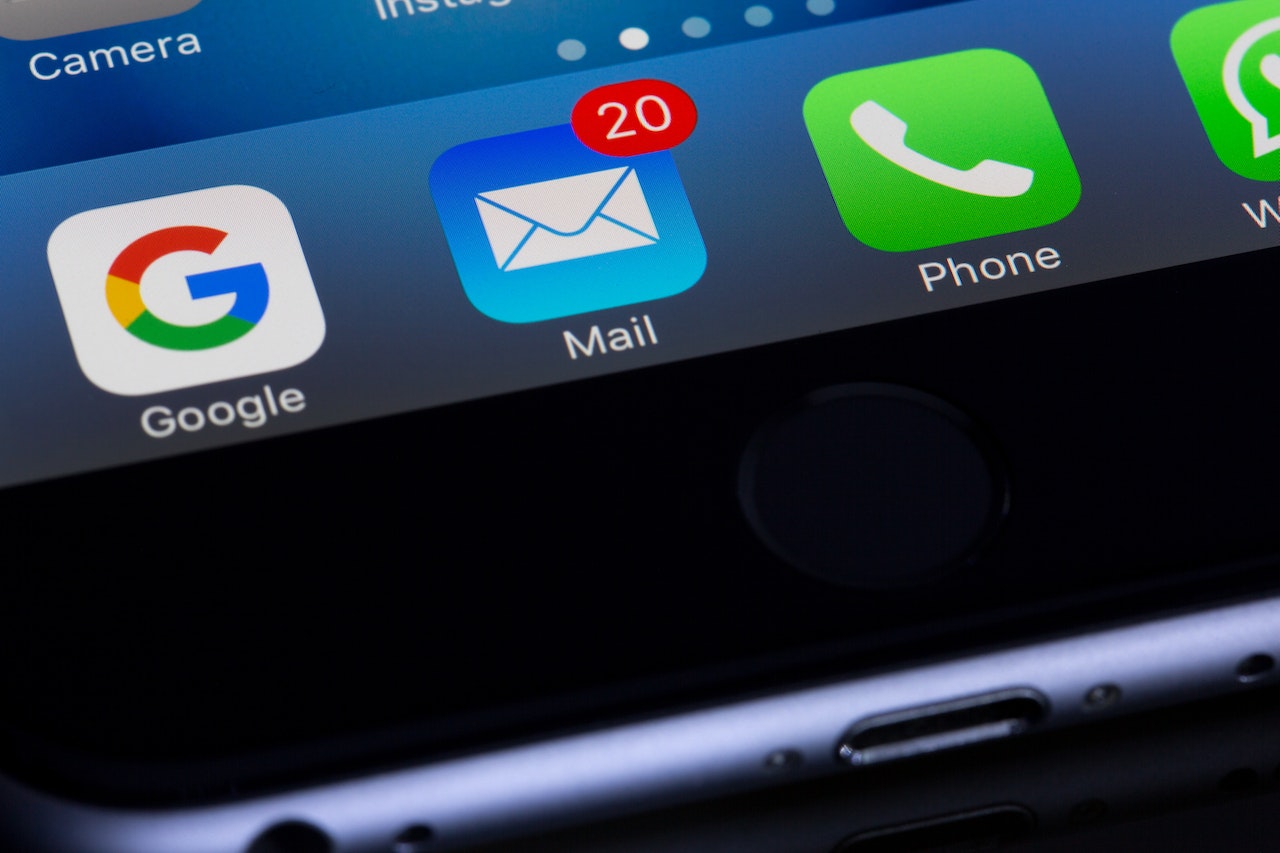Newsletters can be used for various purposes and come in many different forms – there’s really no limit to how you can use them. For example, your newsletter could contain anything from:
- Weekly content digests
- In-depth guides or ebooks
- Recent interviews with industry experts
- Case studies and testimonials
- News about upcoming sales, promotions, and deals
That said, you should approach every newsletter with the explicit intention of providing your audience with immediate value. You’ll soon outstay your welcome if it seems like you’re sending emails to your subscribers just for the sake of it.
Remember that the whole point of a newsletter is to keep subscribers connected, engaged, and informed about what’s new in your business or industry. But it’s unlikely that all of your subscribers share the same needs and interests, so you should consider sending different kinds of updates to different segments of your subscriber list.
For example, a parent who works full time may prefer to get a super concise email, while someone who’s retired may have more time to read through a longer message. Personalizing your newsletters in this way will ensure your readers only receive the information that’s most relevant to them, which, in turn, will improve your engagement and conversion rates.
As for specific elements that you should include in your newsletter, an eye-catching subject line and a strong call-to-action (CTA) are essential. You should also ensure that your messages follow a clear and consistent format, and always give your readers the option to easily unsubscribe if they want to.
How long should a newsletter be?
Some research suggests that the ideal length for a newsletter is about 20 lines of text, or at most 200 words. But in reality, there’s no magic number that will guarantee a high click-through rate.
The truth is only patience and testing will let you figure out what length works best for your specific audience. But that’s good news! Any marketer looking for a golden ticket based on some so-called optimal word count is out of luck, which means less competition for those of us who are willing to put in the time and do the work.
The appropriate length for your newsletter will depend on your subscribers’ preferences, which, as we mentioned previously, may vary from segment to segment. You don’t have to send the same newsletter format to everyone.
But the right length will also depend on the specific content of your newsletter and what actions you’re asking your readers to take. For example, if you’re encouraging subscribers to RSVP to an event, they’ll probably need enough information to help them decide if it’s right for them. So your newsletter email might contain several sections, including bios of the featured speakers or artists, information on the event’s purpose, venue details, and so on. Meanwhile, a newsletter email inviting readers to check out your latest blog series can probably get by with minimal copy.
Ultimately, however, the best way to work out the ideal length for your newsletter and optimize for other crucial metrics in your email campaigns is to run some email A/B tests.

Average Rating